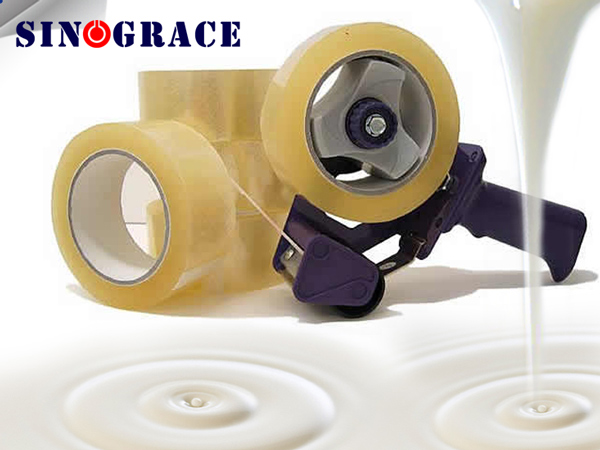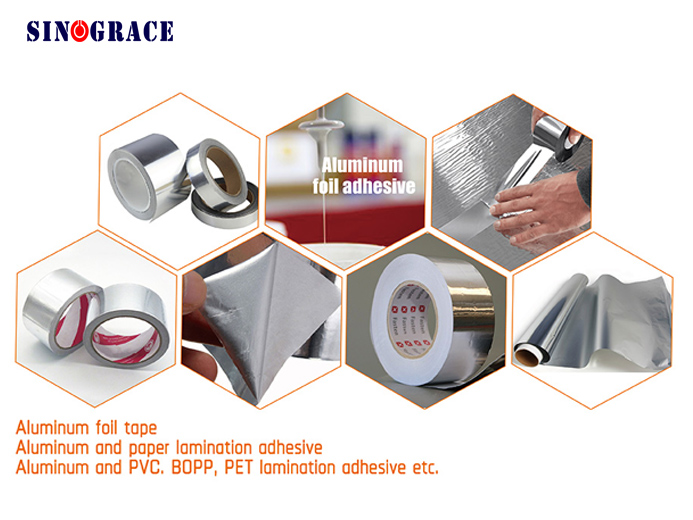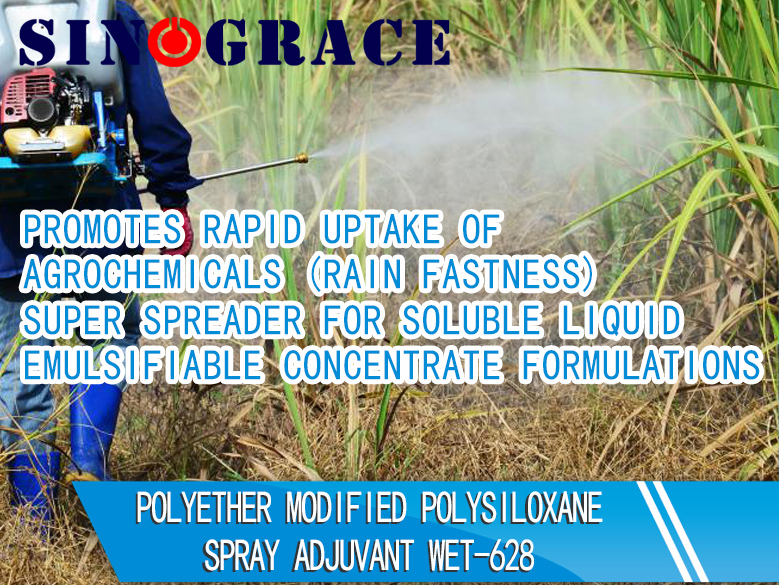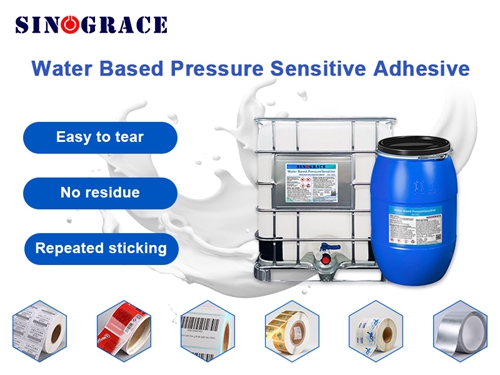Composition of adhesive
Composition of adhesive Adhesives are adhesives that can bond two objects together, referred to as glue. There are different types of adhesives according to different divisions, the use of adhesives is also quite extensive, and now it has been filled in our lives, for adhesives, do you know how it is composed? How adhesives are composed: Synthetic adhesive Synthetic adhesive is composed of main agent and auxiliary agent, main agent is also called main material, base material or adhesive; Additives are curing agent, diluent, plasticizer, filler, coupling agent, initiator, thickener, antioxidant, inhibitor, stabilizer, complex agent, emulsifier, etc., according to the requirements and uses can also include flame retardant, foaming agent, defoamer, coloring agent and anti-mold agent and other components. Base resin The main agent is the main component of the adhesive, leading the adhesive bonding performance, but also an important sign to distinguish the type of adhesive. The main agent is generally composed of one or two, or even three kinds of polymers, requiring good adhesion and wettability. Substances that can be used as adhesives are: 1.Natural polymers, such as starch, cellulose, tannin, gum Arabic, sodium alginate and other plant adhesives, as well as bone glue, fish glue, blood protein glue, casein and shellac and other animal adhesives. 2.Synthetic resin, divided into thermosetting resin and thermoplastic resin two categories. Thermosetting such as epoxy, phenolic, unsaturated polyester, polyurethane, silicone, polyimide, bismaleimide, allyl resin, furan resin, amino resin, alkyd resin, etc.; Thermoplastic resins such as polyethylene, polypropylene, polyvinyl chloride, polystyrene, acrylic resin, nylon, polycarbonate, polyformaldehyde, thermoplastic polyester, polyphenylene ether, fluorine resin, polyphenylene sulfide, polysulfone, polyketone, polyphenyl ester, liquid crystal polymer, and its modified resin or polymer alloy. It is the largest type of adhesive used. 3.Rubber and elastomer. The rubber mainly includes neoprene rubber, butyl nitrile ethylene propylene rubber, fluorine rubber, polyisobutylene, polysulfide rubber, natural rubber, chloro-sulfonated polyethylene rubber, etc. Elastomers are mainly thermoplastic elastomers and polyurethane elastomers. 4.In addition, there are inorganic adhesives, such as silicate, phosphate and phospho-copper oxide. Additives In order to meet the specific physical and chemical characteristics, the various auxiliary components added are called auxilaries, such as: in order to make the main adhesive form a network or body structure, increase the cohesion strength of the adhesive layer and add curing agents (they react with the main adhesive and produce cross-linking); Adding curing accelerators or catalysts in order to accelerate curing and reduce reaction temperature; In order to improve the resistance to atmospheric aging, thermal aging, arc aging, ozone aging and other properties, add antioxidant; ...
read more

 English
English français
français русский
русский español
español العربية
العربية








